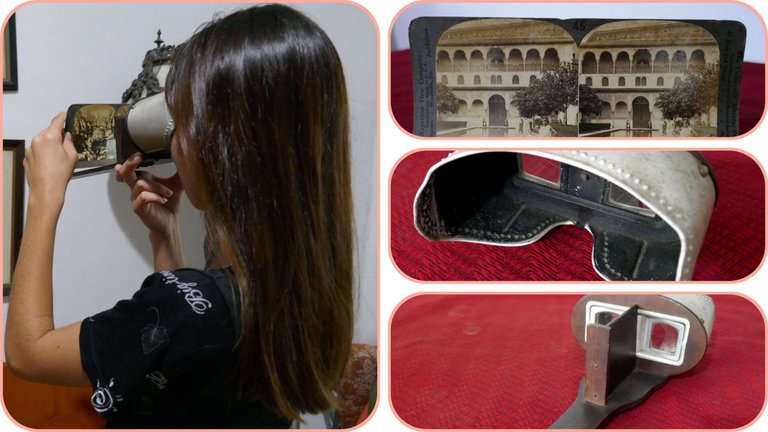
“The formula for doing a good job in photography is to think like a poet”.
Imogen Cunningham [1883 - 1976] American photographer. Best known for her botanical photography.
Hello Hive friends. We have reached the final part of this series, where you have been able to appreciate very old photos dating from before the construction of the British liner RMS Titanic.
I have shared with you images of Spain through these photos, which, being more than a century old, are still preserved, and allow us to travel back in time to experience part of the history of this beautiful country.
But as you can see, these are not simple photos. Each one of these small gray cardboards has an image that seems to be repeated.
I was surprised that in the comments received on the two previous posts, no one referred to the detail of why there are two pictures next to each other.
Well yes Hivers, in the last century the first stereoscopic photos came to light. When viewed with this Stereoscope, a viewer with crystals, they allow us to appreciate the images with the illusion of depth. Offering that three-dimensional aspect, until what we know today as 3D technology.
In the 1970s, anaglyphic glasses appeared on the market, using opposite colors on the chromatic scale. Then came the passive glasses with polarized lenses, and then the active glasses incorporating an electronic system.
Parts of this 1904 Stereoscope:
This equipment, like the glasses, consists of a closed aluminum frame to prevent outside light from disturbing, two lenses and, in the center, a flat wooden shaft with a stop.
The person, with one hand, can move the picture forward or backward, until a single image is seen.
Some of these glasses came with metal clips or fasteners to fix the photo at 90 degrees to the central axis.
In practice, everyone is different and has a different viewing angle. It will depend on the integrity of your visual apparatus and your neurological decoding as to the expected result.
Therefore, not everyone can see that three-dimensional effect at the same distance from their eyes. Some people would remove those holds, to spend a few extra seconds to find the right focal length, when zooming in or out with their hand.
The final part of this collection on Spain:
In the caption of each photo, you can see the details of the place where they were taken.
Well friends, I hope you have found interesting this series of photos that along with its stereoscopic viewer, were the precursors of what today our generations know as the 3D image.
I have been in cinemas with 3D and 4DX technology, with high quality surround sound and seats that vibrate and move by spraying water and pressurized air, to enjoy a movie full of visual effects.
It is an experience worth knowing; but to have in my hands, something from millenary times, transports me to ancient history, and to experience the ingenuity of those creators, before 1900, is for me, something very special and that I will always value.
Thanks to those who read me. I wish you a good Wednesday.
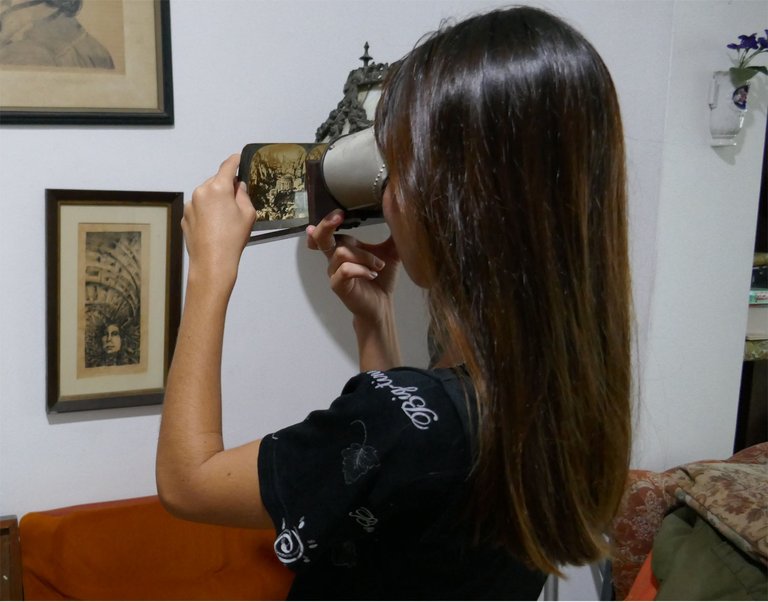

Links to see Part One and Part Two of this series.
Quote reference: Photoquotes
Photos, taken before 1904, property of Keystone View Company, USA.
Camera I used to show you these photos: Panasonic Lumix DMC-ZS100
Text by Andrés Brunet
Text divider. Free use from @eve66
@abrunet

Thank you for reading
Welcome your comments
Infinite greetings!
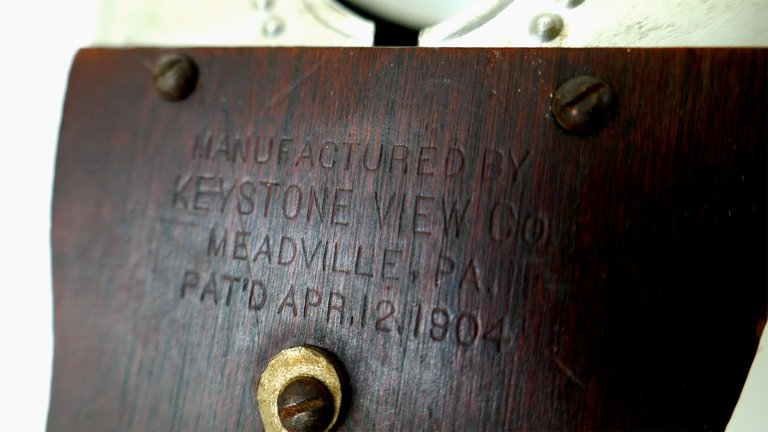
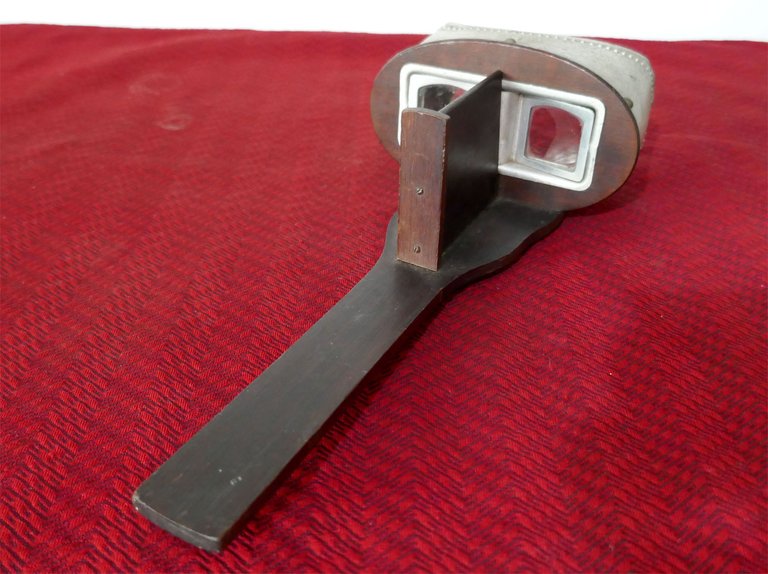
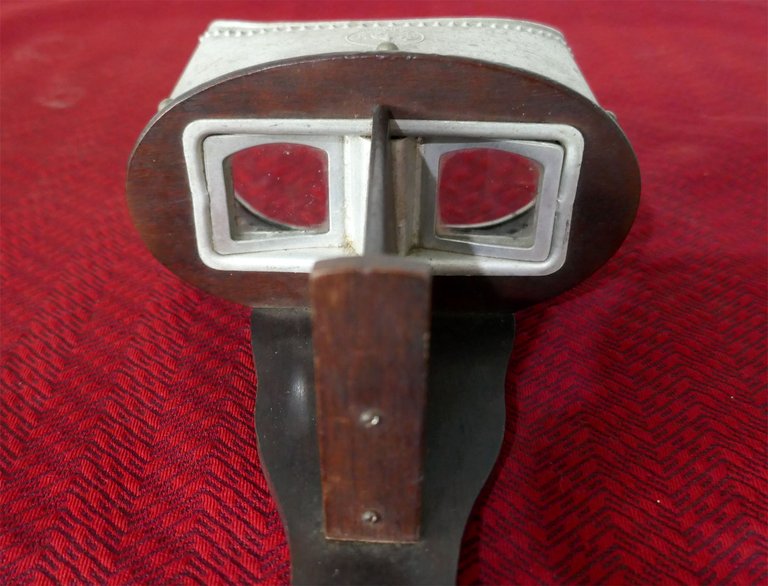
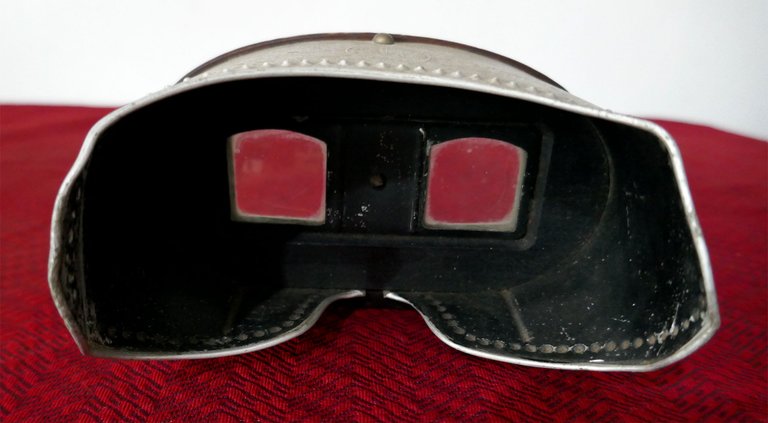
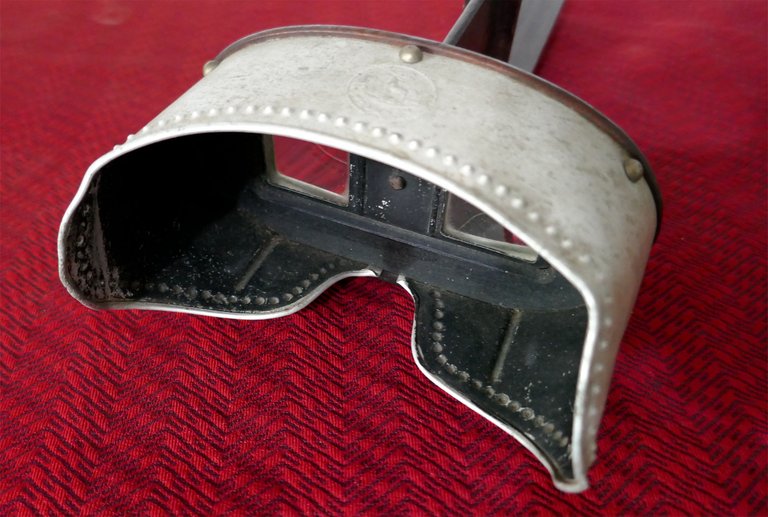
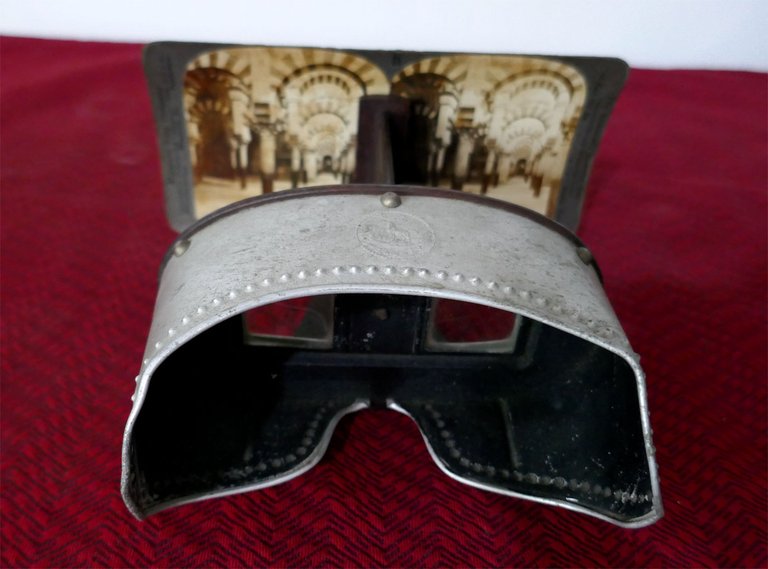
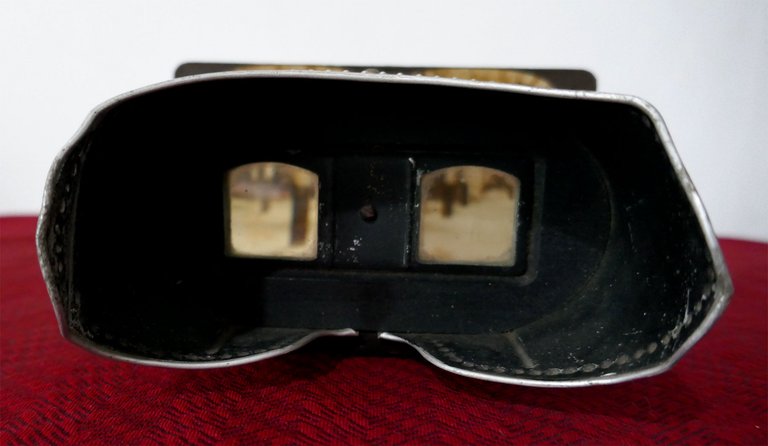
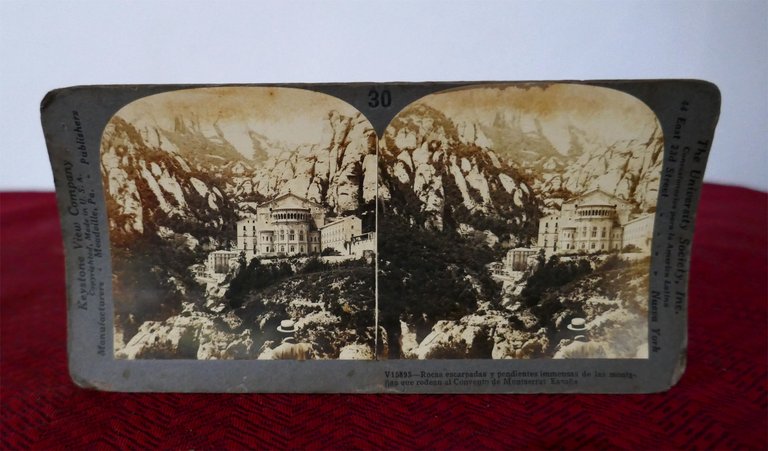
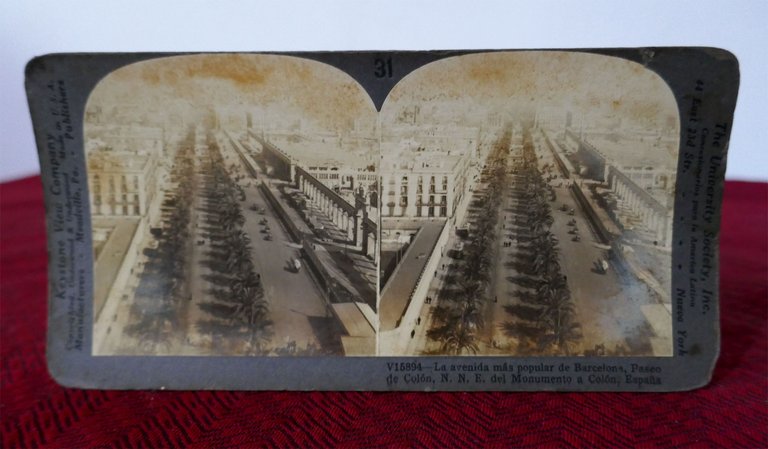
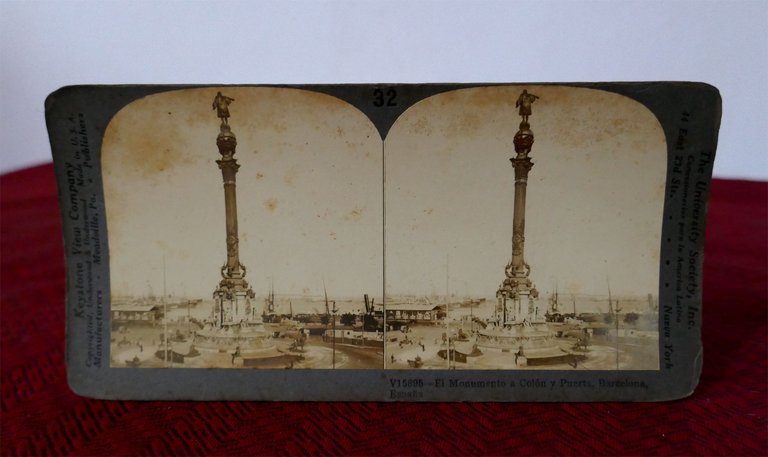
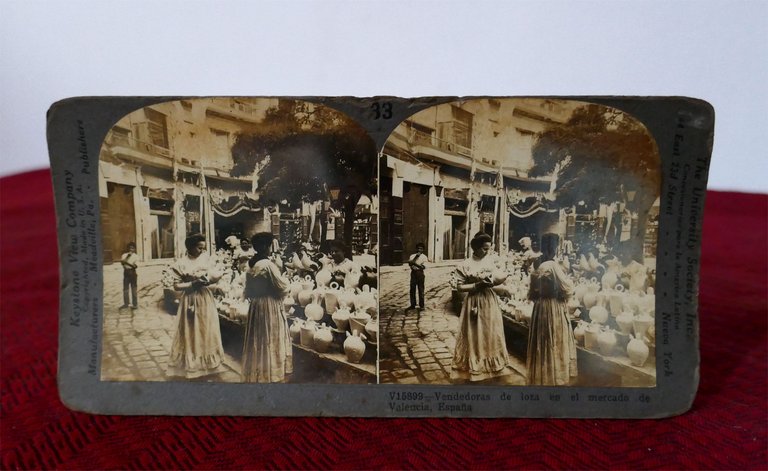
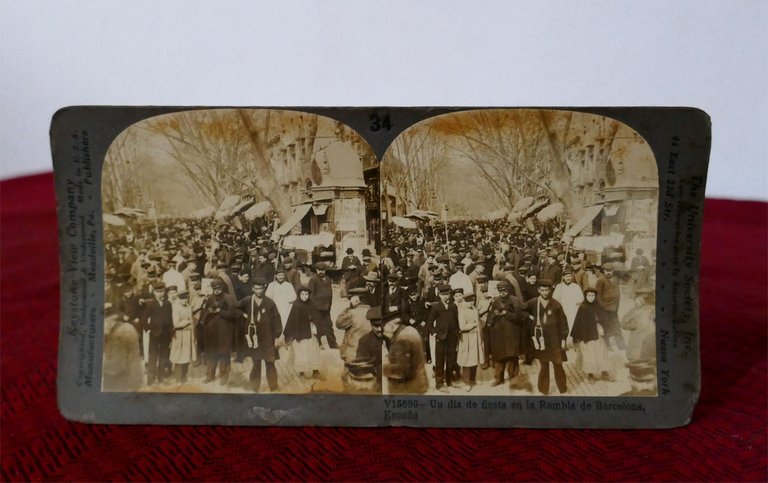
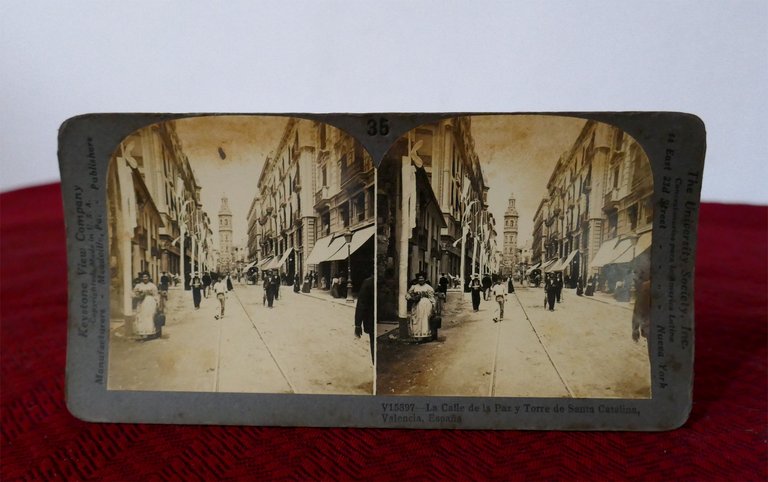
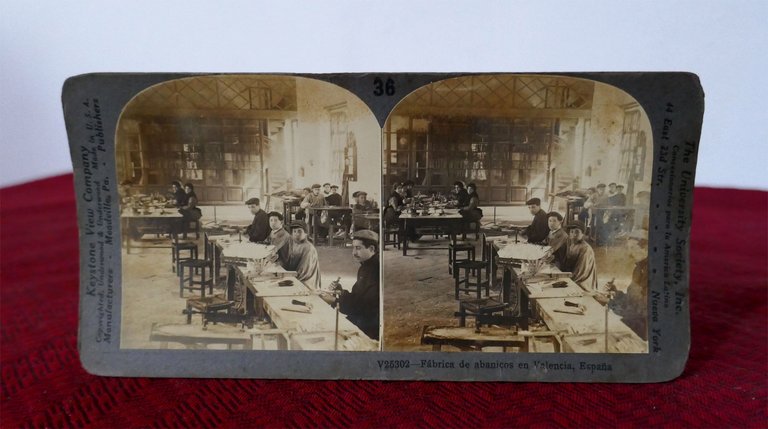
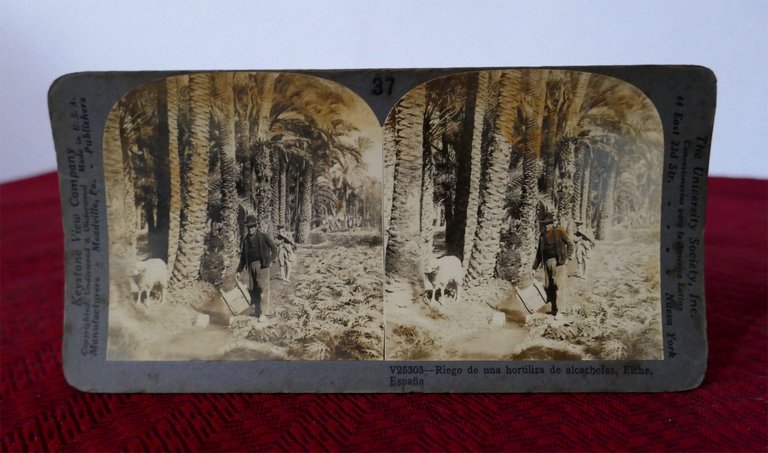
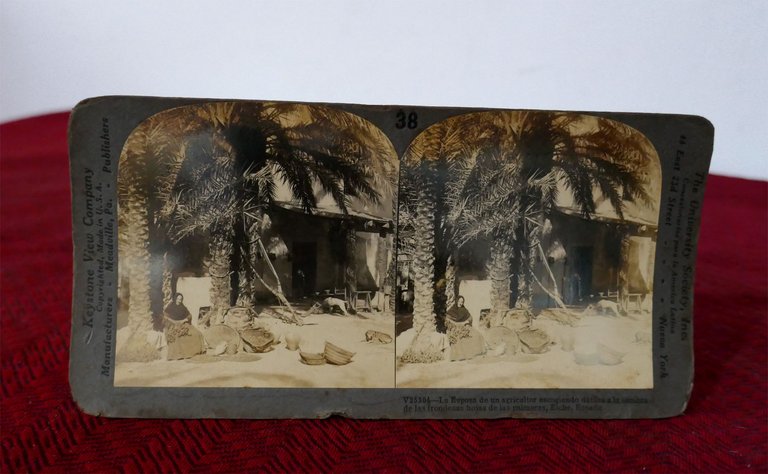
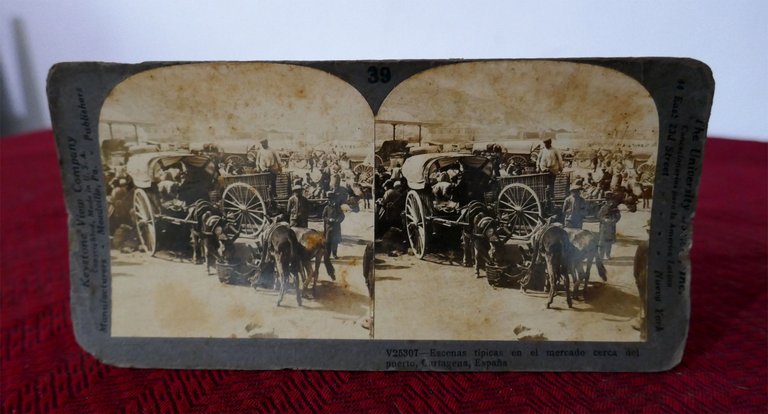
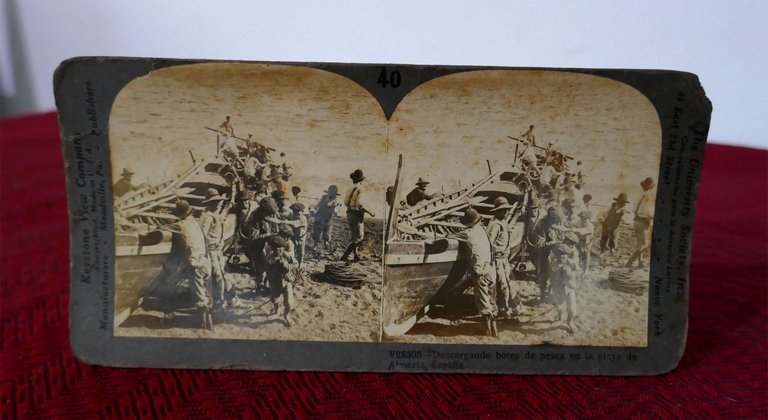
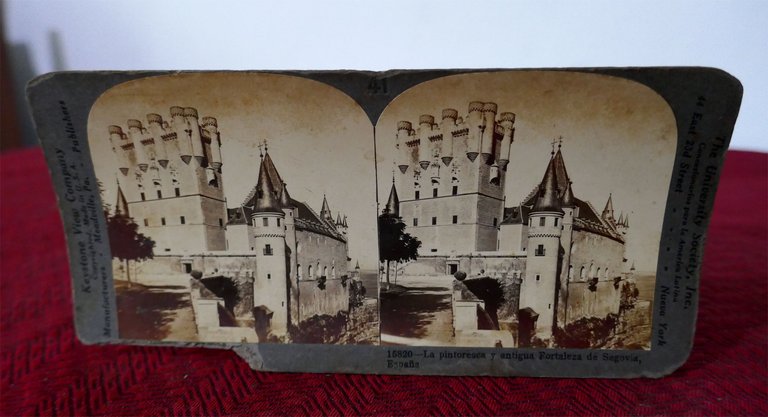
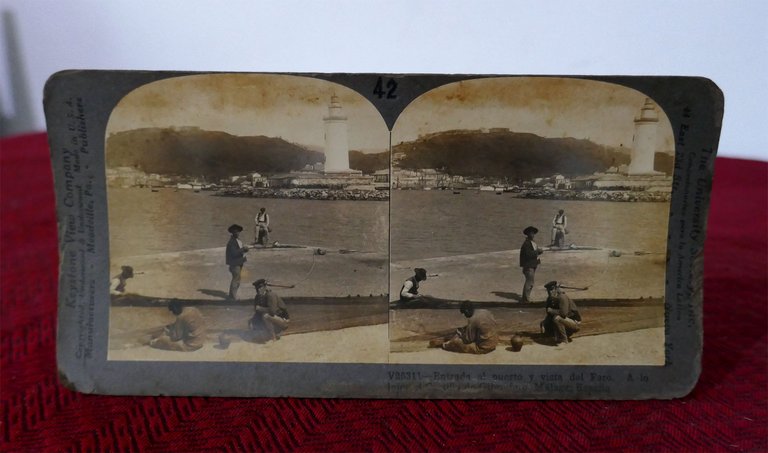
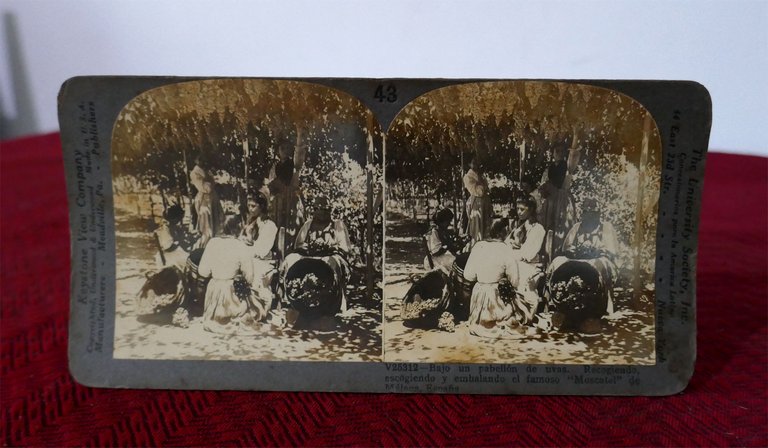
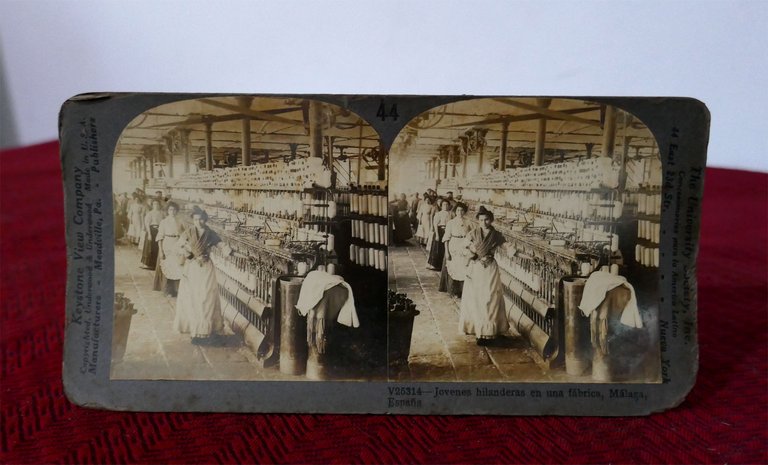
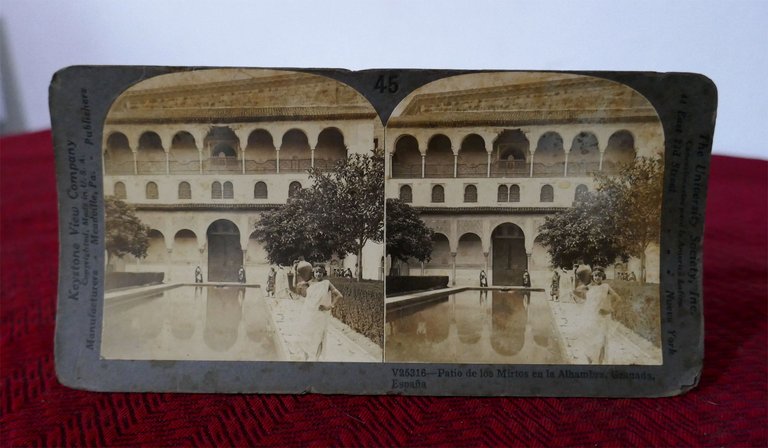
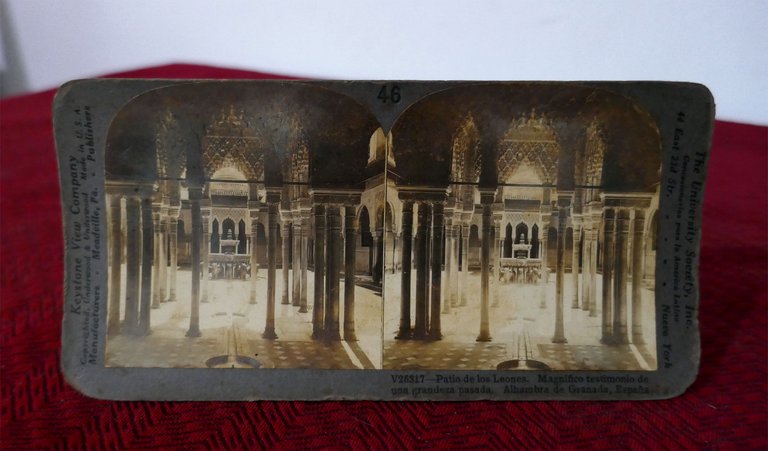
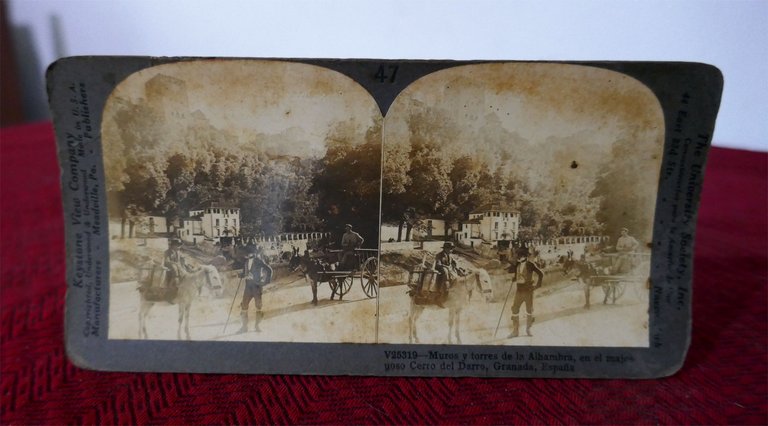
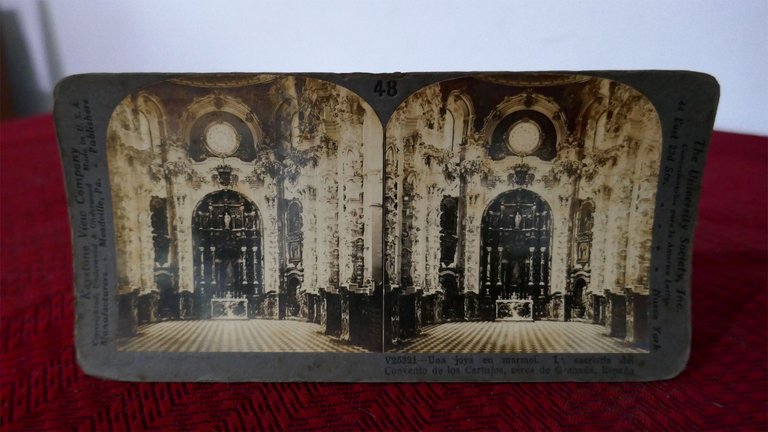
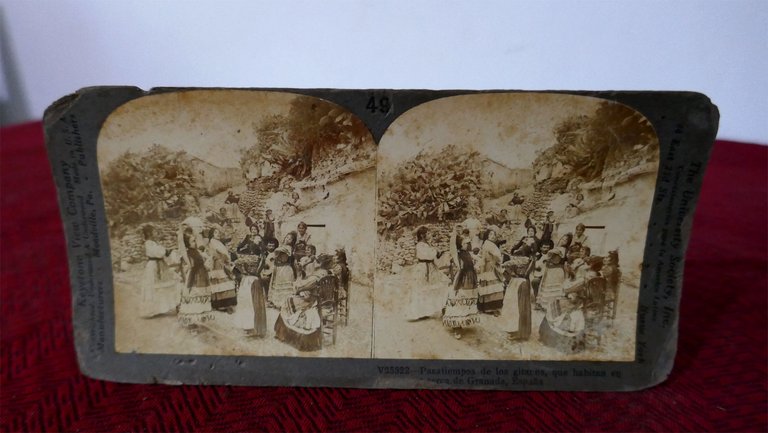
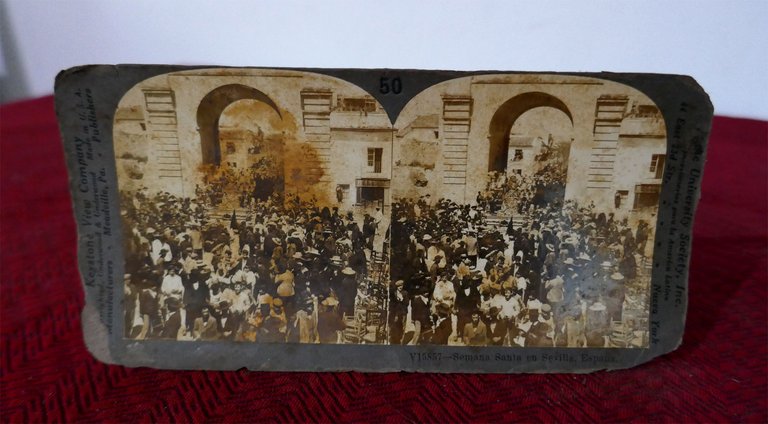
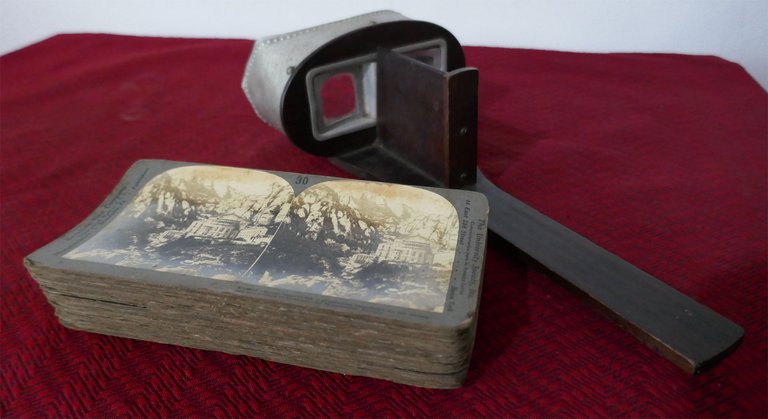
Thanks